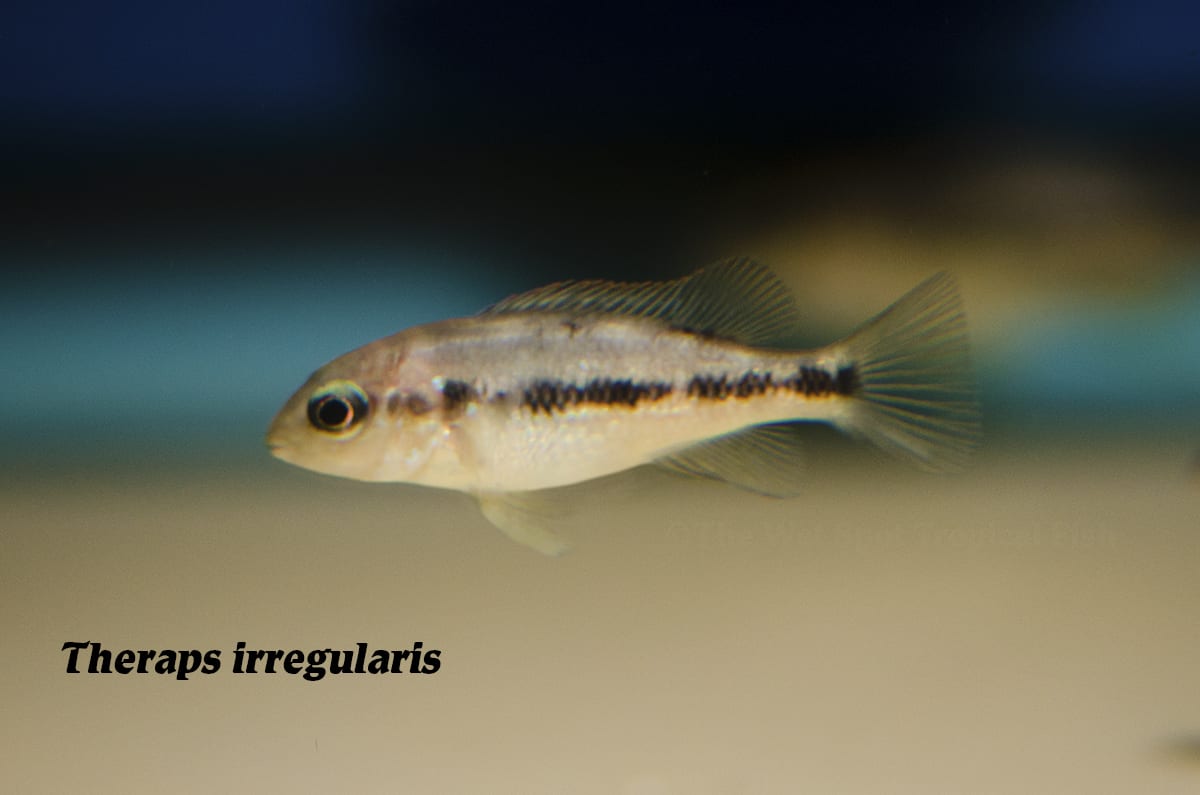Fish Trek Discovery
Fish Trek Discovery
At The Wet Spot, we’re used to sharing our passion for freshwater fish, and converting even the most unsuspecting people into the kind of fish nerds we know and love. We are also familiar with the fact that freshwater aquarists don’t have the reputation for living on the “cutting edge”- a term which has become singularly synonymous with technology. To the contrary of popular belief, anytime hobby blends with the natural world, we must understand the influence of dynamic change as deeply as any coder. For instance, just 2 years ago, the taxonomy of an entire group of cichlids, known as herichthyins underwent such flux that 8 new genera surfaced. Keeping up to date and modifying our breeding, rearing, and care practices to reflect new knowledge is a full time endeavor. The knowledge of which we happily pass along to our dedicated clientele. Today, we’ll focus on a few of our favorite “re-classifieds” hailing from the Atlantic slope of Central America including Rheoheros coeruleus, Rheoheros lentiginosus, and Theraps irregularis.
Scientific NameRheoheros coeruleus
Common NameLight Cichlid
Temperature / pH73 to 77°F / 7.0 to 8.0 pH
Native LocationRio Bascan
Preferred DietSmall invertebrates
Who doesn’t love a mountaineer? Preferring heavy currents of montane habitats, R. coeruleus is just 1 of 2 species classified in the new ‘rheoheros’ genus. These “Light Cichlids” are physically distinguished by having long bodies with dark spots. Reaching about 4.5 inches in length at maturity, they exhibit beautiful silver-blue bodies with their characteristic black blotches. Collected from the Tulija River, they do best in environments with clear water, rocky bottoms, aquatic vegetation, and current. Mildly aggressive toward conspecifics, they should be kept as pairs or in small groups in a large space. They can be housed peacefully alongside other robust cichlids, and catfish. Stomach contents of wild specimens indicate they feed primarily on aufwuchs and small invertebrates, thus they do best with meat heavy diets in the form of high quality cichlid pellets, and live an frozen fare. Make sure they are also provided some quantity of vegetal foods like spirulina. Tank waters should be maintained with temperatures between 73 and 77°F, pH of 7.0 to 8.0, and hardness of 160 to 356 ppm.
Scientific NameRheoheros lentiginosus
Common NameFreckled Cichlid
Temperature / pH78 to 86°F / 7.0 to 8.0 pH
Native LocationRio Chacamax
Preferred DietSmall invertebrates
The second and final member of the aforementioned genus, R. lentiginosus, is found in the Grijalva and Usumacinta River drainages. These cichlids prefer fast flowing and mineral rich habitats with rocky substrate. Tanks should include plentiful hiding places from rock piles, driftwood logs, branches, and substrate penetrating the surface water. Reaching nearly 10 inches in length, males are bright blue with small dark spots covering their whole bodies, leading to the common name, “Freckled Cichlid”. Females are long and skinny with gold-flecked scales, black spots, and red and blue accented fins. Territorial by nature, this cichlid can be kept alongside other robust cichlids in very large tanks with distinct territories formed by landmarks. Similar eating habits to their only congener species, they can follow the same feeding guidelines above. Optimal water conditions include temperatures of 78 to 86°F, pH between 7.0 and 8.0, and hardness of 178 to 267 ppm.
Scientific NameTheraps irregularis
Common NameNone
Temperature / pH75 to 80°F / 7.0 pH
Native LocationMexico/Guatemala
Preferred DietOmnivorous
Of the same tribe, Therapsini, T. irregularis is found in South Mexico and on the Atlantic side of Guatemala. Occurring in rocky upper river valleys, these fish require current and substrate made of variably-sized rocks forming cracks, crevices, and caves. Furnish their tanks with these negative spaces in mind. Reaching a maximum of 9 inches, males are bright white-blue with a long black stripe leading to a black caudal fin. Females are long with pointed heads, with tan bodies, black vertical banding, dotted with shiny blue-green scales. Benthopelagic by nature, these cichlids feed on aufwuchs, invertebrates, and algae, and their captive diets should include high quality cichlid pellets, live and frozen fare, and components like algae flakes or spirulina. Mildly aggressive and territorial, make sure they are kept in large tanks with defined territories. They should not be kept alongside skittish or demure species. Waters should be maintained with temperatures between 75 and 80°F and pH and hardness hovering around neutral.
Looking for the latest and greatest? Look no further than our cutting edge lists, and call our experts today.


